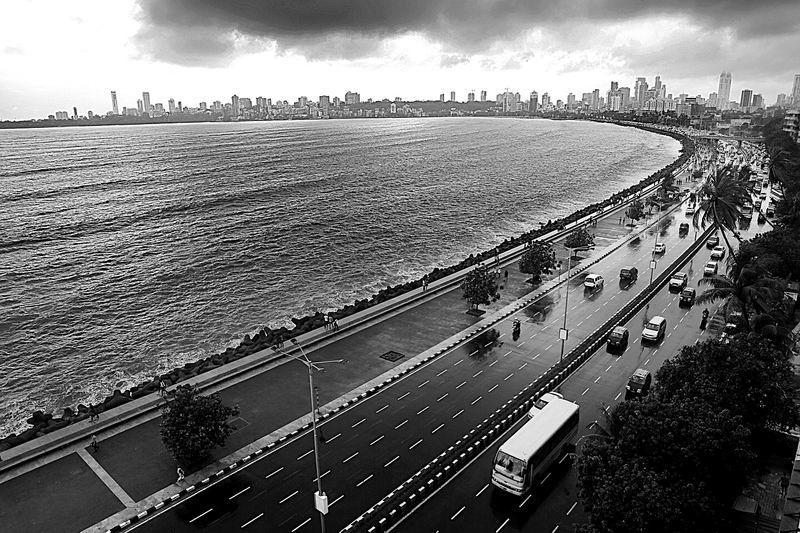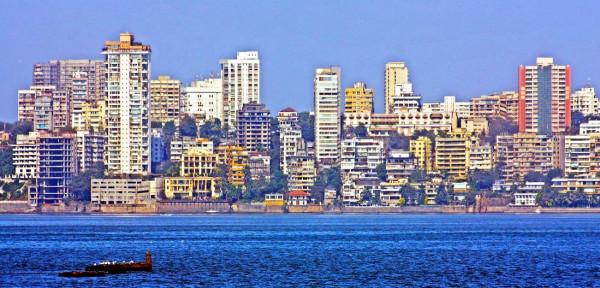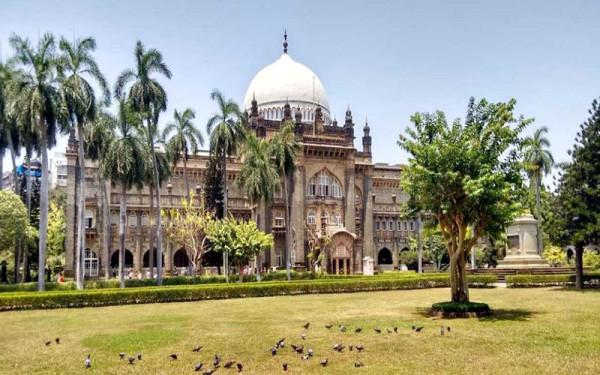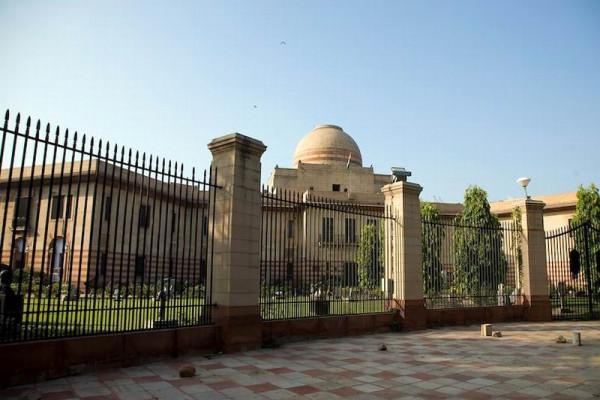With its ever-growing population and increasing traffic congestion, the need for a reliable and extensive transportation network has become imperative. Mumbai, known for its vibrant culture and fast-paced lifestyle, relies on both public and private transport to keep the city moving smoothly.
Mumbai, also known as the financial capital of India, is home to millions of people who travel within the city for work, education, and leisure. As of 2015, a staggering 52% of commuters in Mumbai prefer using public transport, highlighting the popularity and effectiveness of the city’s transport system.
This high percentage of public transport users not only reflects the convenience and affordability of public transportation but also showcases the city’s commitment towards sustainable and eco-friendly alternatives.
One of the prominent features of Mumbai’s public transport system is its well-organized bus network, which is the largest among major Indian cities. These buses, operated by the Brihanmumbai Electric Supply and Transport (BEST) undertaking, form the backbone of the city’s public transportation. With numerous bus routes covering every nook and cranny of Mumbai, commuters have access to a vast network that connects them to various parts of the city.
Mumbai’s climate and weather also play a crucial role in shaping the local transportation system. The city experiences a tropical monsoon climate, characterized by heavy rainfall during the monsoon season. This calls for a robust transport infrastructure that can withstand the challenges posed by the weather conditions. The authorities have taken measures to ensure that the transport system remains operational even during heavy rains, such as implementing flood-resistant designs and maintaining proper drainage systems.





